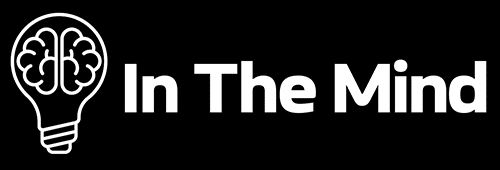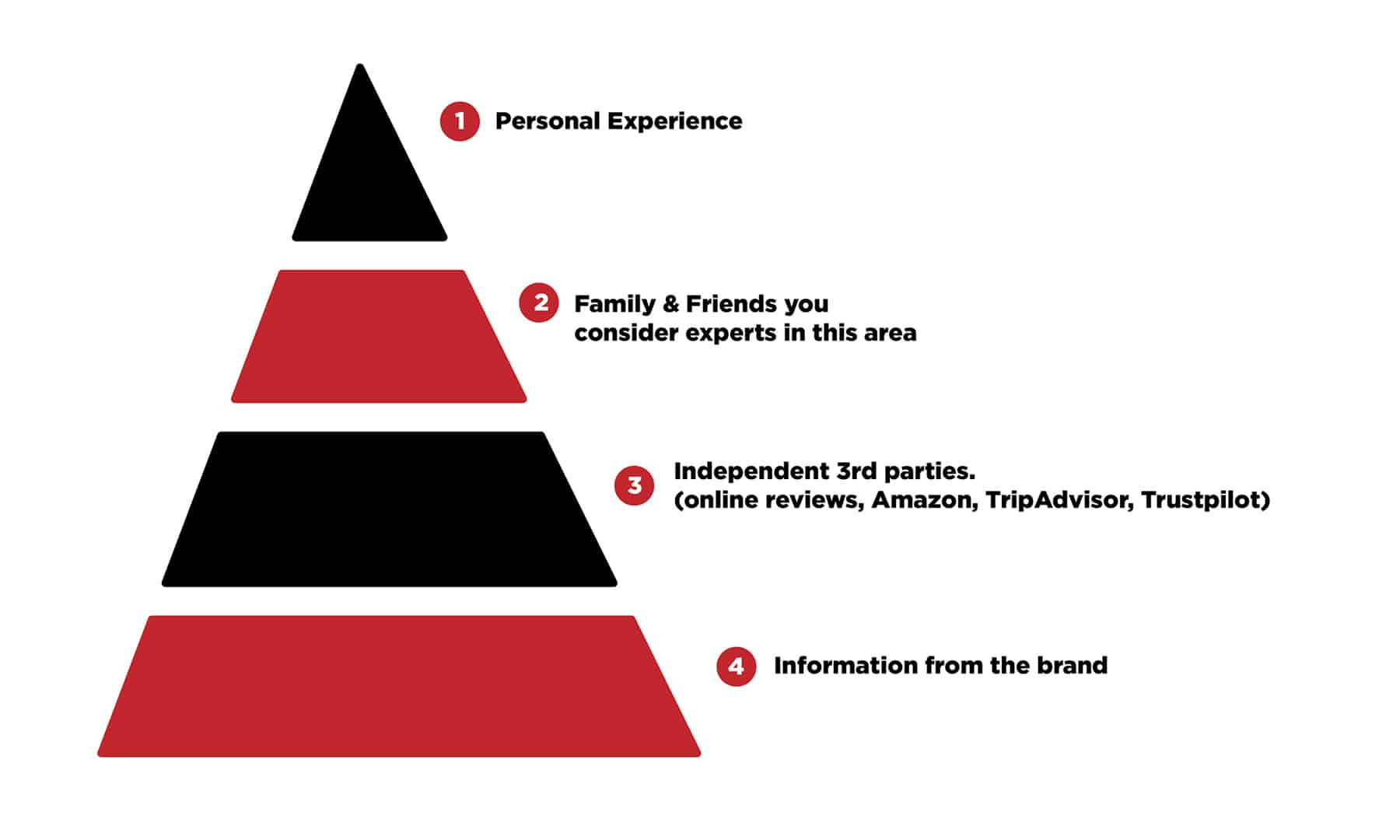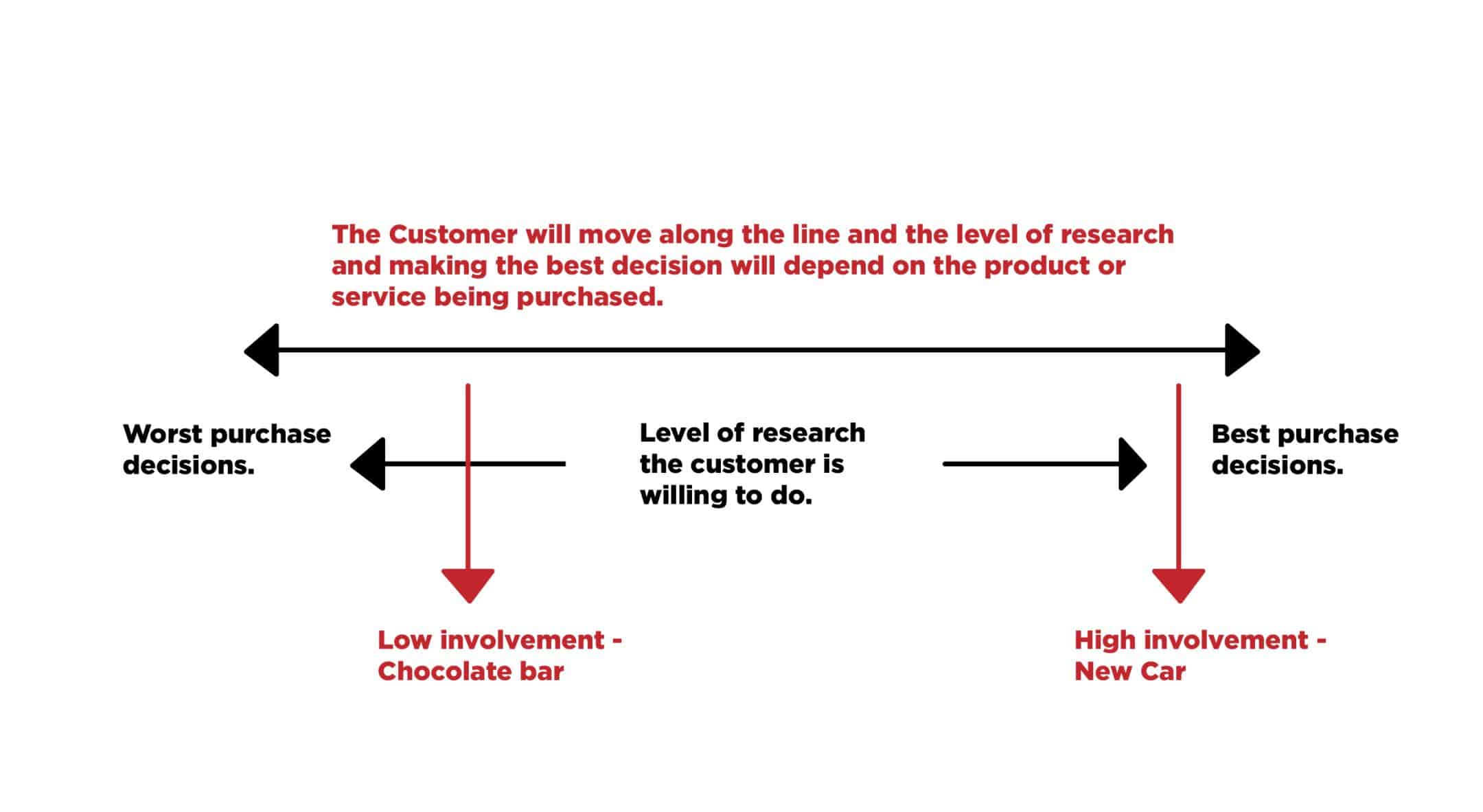In today’s hyper-connected world, customers are faced with an abundance of choices. From streaming services to trainers, coffee blends to car models, the sheer volume of options available in every category is unprecedented. At first glance, this explosion of choice seems like a win for customers—more variety should mean greater satisfaction, right?
Not necessarily. The paradox of choice, a concept popularised by psychologist Barry Schwartz in his book The Paradox of Choice: Why More Is Less, suggests that while having options is beneficial to a certain point, too many choices can lead to anxiety, decision fatigue, and even inaction. Schwartz states, “Clarity and simplicity help people feel in control, while too much choice can leave them paralysed by indecision.”
For brands, this presents a critical challenge: how do you differentiate in a crowded market and guide customers towards confident, decisive action? We believe the key lies in simplifying the decision-making process without diminishing the customer’s sense of autonomy.
The evolution of customer choice
The concept of product choice has evolved significantly over the past century. In the early 20th century, Henry Ford famously declared, “The customer can have a car painted any colour that he wants, so long as it is black.” This philosophy of mass production and limited variety dominated the marketplace for decades. Today, however, product differentiation is a cornerstone of modern business strategies, with companies offering countless variations to meet diverse customer needs.
While increased choice gives customers the power to find products and services that better match their preferences, it also introduces a new dilemma: how do customers make the “right” choice without feeling overwhelmed?
The psychological burden of choice
One of the most famous studies on customer choice is the “16 Jams” experiment by psychologists Sheena Iyengar and Mark Lepper. Customers were presented with two jam displays—one featuring six options and another featuring 24 options. While more people were drawn to the larger selection, those who faced fewer options were significantly more likely to make a purchase. This illustrates the paradox of choice: too many options can lead to decision fatigue, causing people to walk away without making any decision at all.
So, the challenge becomes how to guide customers towards a choice they feel confident about. In Buyology, Martin Lindstrom explores the subconscious factors that drive customer decision-making. A key insight is that even when we believe we are making independent, rational choices, we are often influenced by brand messaging, social proof, and emotional triggers. This illusion of choice means that while customers feel empowered by options, their decisions are often predetermined by external influences they may not even be aware of.
Marketers should consider two key factors 1) information hierarchy and 2) the decision continuum.
How customers navigate the information hierarchy
With so many choices available, how do customers decide what to buy? As humans we rely on an information hierarchy to guide our decisions:
- Personal Experience – Past experience with a product or service is the most influential factor in decision-making. If a customer has had a positive experience, they are likely to choose the product, service or brand again.
- Trusted Family and Friends – When we feel that we don’t know enough ourselves we often turn to someone that is close to us that we think will know more or who we believe is an expert. Their view, depending on the level of purchase and how much of an expert we feel they are in this area can often be the deciding factor to purchase.
- Trusted Third Parties – Review sites, Amazon ratings, testimonials and consumer reports help validate or challenge opinions formed through personal experience and social recommendations.
- Brand Messaging – Customers are more marketing savvy than at any time in our existence and they understand that no company is going to suggest that their product or service is not great. That doesn’t mean that these messages won’t have an impact it’s about how we deliver them to maximise their effect.
The decision continuum
Every consumer choice exists on a continuum, with low-stakes decisions at one end (e.g., selecting a chocolate bar) and high-involvement decisions at the other (e.g., purchasing a car, booking a holiday, or choosing a business supplier). The level of research and consideration invested varies accordingly, providing marketers with different opportunities to influence decisions.
Sony previously demonstrated this well with an interactive TV selection tool on its website(they should bring this back). By asking customers a few key questions—such as whether they intended to wall mount the TV, their typical viewing distance, and their primary usage (e.g., movies, gaming, general viewing)—Sony filtered over 100 models down to just five tailored recommendations. This approach not only streamlined decision-making but also created a sense of personalisation and expertise that was more compelling than most in-store sales experiences.
customer walking in is going to be hard to sway form the models that Sony has suggested that are ”tailored to them”.
As marketers our ultimate goal is to guide customers in making a purchase decision, choosing our brand’s product or service over the many options available from both direct and indirect competitors. We believe focusing on the following four areas can help achieve this.
- Curate, Don’t Overwhelm
Instead of offering endless variations, brands should focus on curating a well-defined selection that meets distinct consumer needs. Apple exemplifies this strategy by keeping its product lines streamlined while competitors flood the market with dozens of smartphone models. As marketing expert Seth Godin notes, “Too many choices make it harder to choose. The brands that simplify decision-making will ultimately win.” - Use Decision Architecture to Your Advantage
Brands can guide consumer behaviour by structuring choices in a way that minimises overwhelm. Strategies include:- Tiered options – Offering clear distinctions in features and pricing across small, medium, and large models.
- Best-seller recommendations – Highlighting popular choices to instil confidence in purchasing decisions.
- Smart defaults – Pre-selecting the most common or recommended option to reduce decision fatigue while maintaining flexibility.
Richard Thaler and Cass Sunstein, authors of Nudge: Improving Decisions About Health, Wealth, and Happiness, emphasise the power of choice architecture: “People will take the path of least resistance, so structuring choices in a way that guides them towards a good decision is key.”
- Leverage Personalisation & AI
Consumers are more likely to make confident decisions when options feel tailored to their specific needs. AI-powered recommendation engines, interactive quizzes, and data-driven insights can present customers with a refined selection rather than an overwhelming array of choices. As Google’s former Chief Economist Hal Varian puts it, “Personalisation isn’t just a trend—it’s the way to cut through the noise and give consumers what they actually want.” - Simplify Messaging & Reduce Friction
In a world of information overload, clear, concise messaging is key. Avoid industry jargon, focus on core benefits, and create a seamless buying journey. Brands like Warby Parker, which streamlined eyewear shopping with an at-home try-on programme, demonstrate how reducing complexity can drive conversions.
Steve Krug, author of Don’t Make Me Think, stresses the importance of simplicity: “The more effort people have to put into understanding their choices, the more likely they are to abandon the decision altogether.”
Conclusion: Less is More
Modern consumers are not just looking for more choices—they are looking for the right choices. By curating selections, simplifying decision-making, and fostering trust, brands can turn choice paralysis into purchase confidence. The brands that recognise this paradox and take proactive steps to address it will not only stand out but also build deeper, more meaningful customer relationships in an increasingly crowded marketplace.



